Air tightness and moisture control – Why is it important?
If you have read our blog How does Low-E Reflective Insulation work? you will be aware the insulation is not just about thermal efficiency. If you haven’t read it you can read it by clicking on the link
Two of the main reasons for insulating are for Moisture Control and to reduce Draughts and uncontrolled air movement. If you haven’t addressed these issues, then there is little point insulating.
It is now widely accepted that airtightness is one of the most important parts of building design. There is little point in improving insulation standards unless also addressing the levels of uncontrolled air movement.
We have put this blog together to answer some of the most common questions we get surrounding airtightness and moisture control.
- Is air tightness important?
- What is the difference between breathability and air leakage
- How do I stop draughts?
- Is moisture control important?
- Why is my loft insulation discoloured and damp?
- Why do I have damp and mould on my walls?
- Can Low-E Insulation stop damp?
Is airtightness important?
Un-controlled air movement
It is now widely accepted that airtightness is one of the most important parts of building design. There is little point in improving insulation standards unless also addressing the levels of uncontrolled air movement.
Studies have shown that uncontrolled air leakage can account for over 50% of energy consumption within a building. So, whether you are building a Passive House or upgrading an older building, airtightness is now regarded as one of the most important parts of the design.

What is the difference between breathability and air leakage?
Un-Controlled Air Movement
The first thing to remember is that there is a big difference between breathability and air leakage. Air leakage is the uncontrolled movement of air in to and out of a building, which is not for the specific and planned purpose of exhausting stale air, or bringing in fresh air. Studies have shown that uncontrolled air leakage can account for over 50% of energy consumption within a building.
Sometimes people question the importance of air tightness. I’ve hear people say “but when you can open a window and the air tightness is gone.” While they are correct, air tightness is not about creating a vacuum effect in your house. It is about CONTROLLING air movement and ventilation. Opening a window or door will allow a huge amount of air change…. but very importantly, it is controllable! When you close the window, the air movement stops.
A draught or air leakage should never be considered as acceptable natural ventilation because it cannot be controlled or filtered, and will not provide adequate or evenly distributed ventilation. It is generally at its most severe during the colder, windier, winter months.
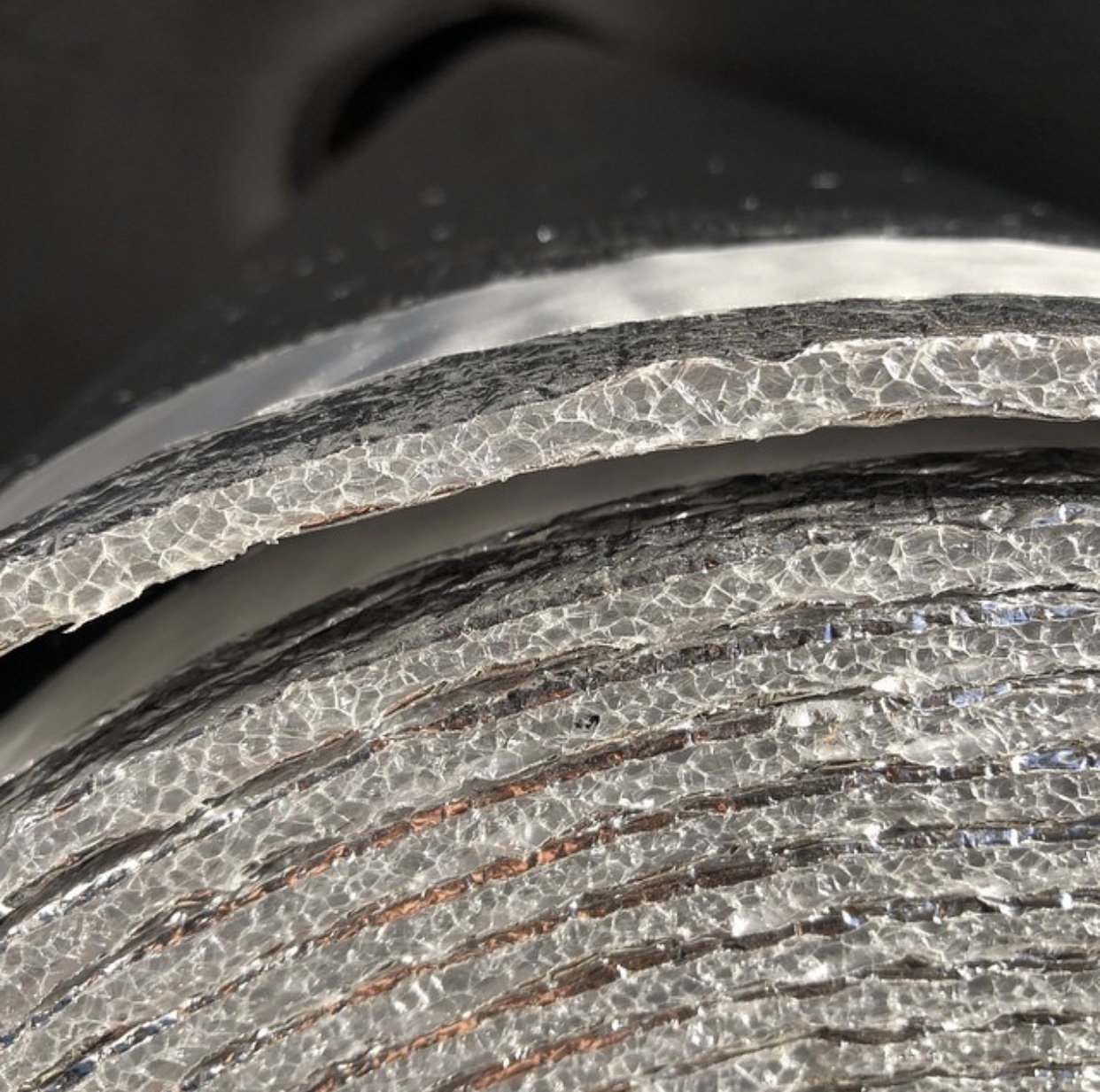
How do I stop draughts?
Air Infiltration Barrier
Whether you are building a Passive House or refurbishing and upgrading an older building, airtightness is now regarded as one of the most important parts of the design.
The Low-E Insulation is made up from three layers. Two layers of our pure aluminium foil which is completely airtight and one layer of our recycled closed cell foam in the core, which is also completely air tight.
Installing Low-E Insulation will boost in thermal performance whilst also addressing draughts and air leakage. Low-E Insulation was independently tested by the BBA (BS EN 12114) and proven to have ZERO Air-Leakage @ 600 Pa (m³ hr m).

Is moisture control important?
Moisture Control is one of the most important reasons for creating an insulation system. So its importance certainly cannot be underestimated.
Where does moisture come from? Warm air carries more moisture than cold air and when that warm air cools very often the moisture gets left behind. This is a problem for traditional insulation materials as the moisture is absorbed by the insulation. This happens more so in winter when there is a greater difference between inside and outside temperature. As the insulation absorbs moisture, it gains weight, starts to compress and loses the ability the to insulate.
Insulation materials are designed to absorb moisture, but the moisture should dissipate during warmer summer months. Unfortunately that does not usually happen.
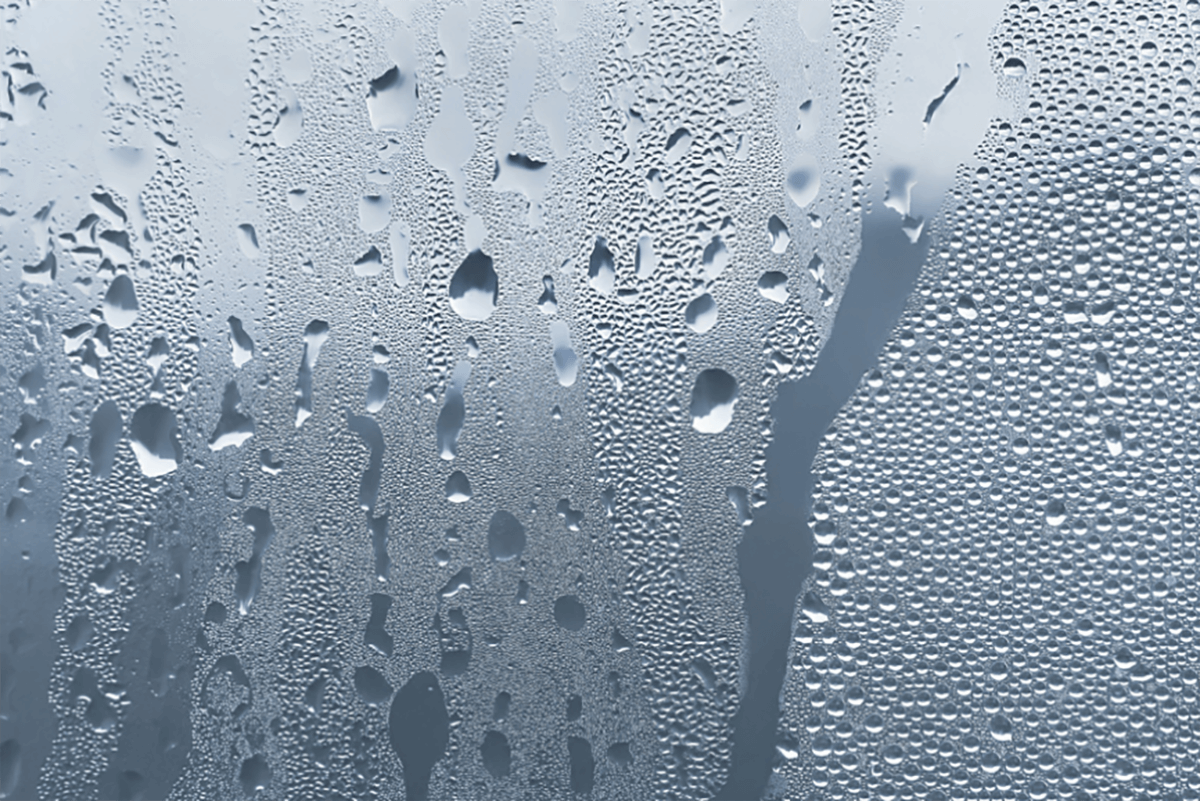
Why is my loft insulation discoloured or damp?
We have all been up in an old loft and seen dark discoloured insulation that has compressed from 4″ to 6” down to 1″ or 2”. The problems for fibrous insulation start within 12 months of installation but usually do not become apparent for several years as the problem compounds. In extreme cases, the insulation must be removed.
To optimise performance in both new and refurbished buildings, it is always advisable to install a vapour control layer along with the fibrous insulation to reduce and limit the amount of moisture that can get to it.
Using a single layered membrane as a VCL can often cause problems too. When warm and cold air are separated by a single-layered product (a VSL without a core) there is a greater risk of condensation forming on the product. Care should be taken when using a single layered VCL to ensure this risk is dealt with through other methods of environmental control.

Why do I have mould on my walls?
Interstitial Condensation
As happens with loft insulation (described above) the same thing can happen in your walls. The problem usually starts within the first 12 months, but because the problem start in the wall structure, it may not become obvious for a number of years.
This is a common problem is solid wall properties and where a cavity wall has been fully filled with insulation, thus bridging the internal side (dry warm) and external side (cold and damp) of a wall. As moisture builds up over time, fungus begins to grow in the wall and then starts to show as mould on the internal (warm) side of the walls.
This is why we are now seeing claims coming through, years later, from Home Owners that have had cavity wall insulation fitted free of charge under the governments ‘free’ insulation programs.
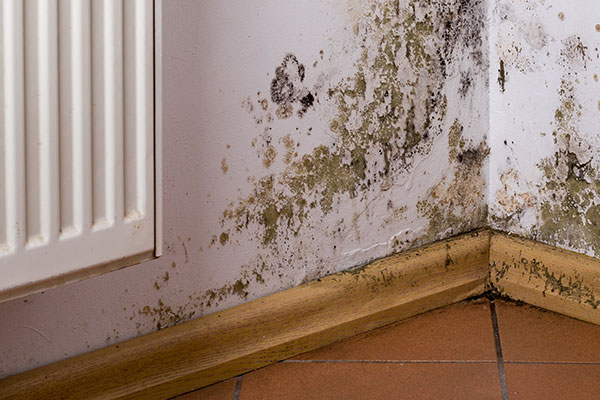
Can Low-E Insulation stop damp?
Thermal Insulating VCL
Low-E Insulation acts not only as a superior vapour barrier but also as a thermal insulation. Installing Low-E Insulation on the internal side of a building will stop the moisture passing from your living space into the structure of your building. This reduces the risk of the secondary insulation absorbing moisture and prolongs the life of the entire insulation system.
Low-E Insulation can be installed in new build applications or in refurbishment projects. It is super thin (only 5.5mm thick) and will not encroach into your valuable internal space. It is clean, safe to handle and easy to fit. Our recycled closed cell foam provides a thermal break between the warm and cold surfaces.
Low-E Insulation cannot absorb moisture and moisture cannot travel through the product. The unique design of Low-E Insulation allows it to self-seal around any nails or screws that might puncture it during installation. Moisture problems are virtually eliminated
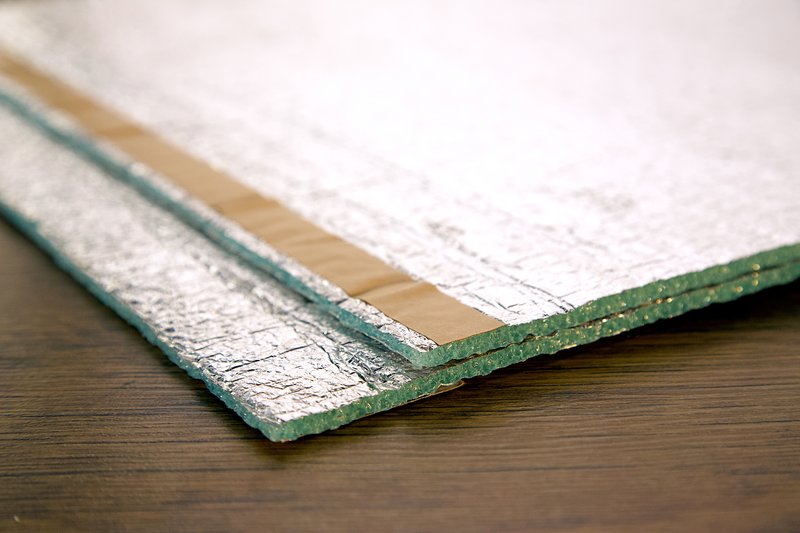
Summary
Low-E Insulation is designed to: increase thermal performance and airtightness, reduce condensation risks and life-cycle running costs, and most importantly, to tackle issues which have been previously unaddressed by traditional bulkier insulation products. Low-E foil insulation is eco-friendly, won’t rot and deadens sound. Low-E ’EZY’ Seal Insulation has been tested (BS EN 3177) and shown to have an MVTR rate of >2000 MN s/g.
Low-E will not de-laminate and the pure aluminium will never crack, chip or peel away, as happens with mylar products. If you want to read more about the difference between Aluminium and Mylar you can read our blog How Does Low-E Insulation Compare?

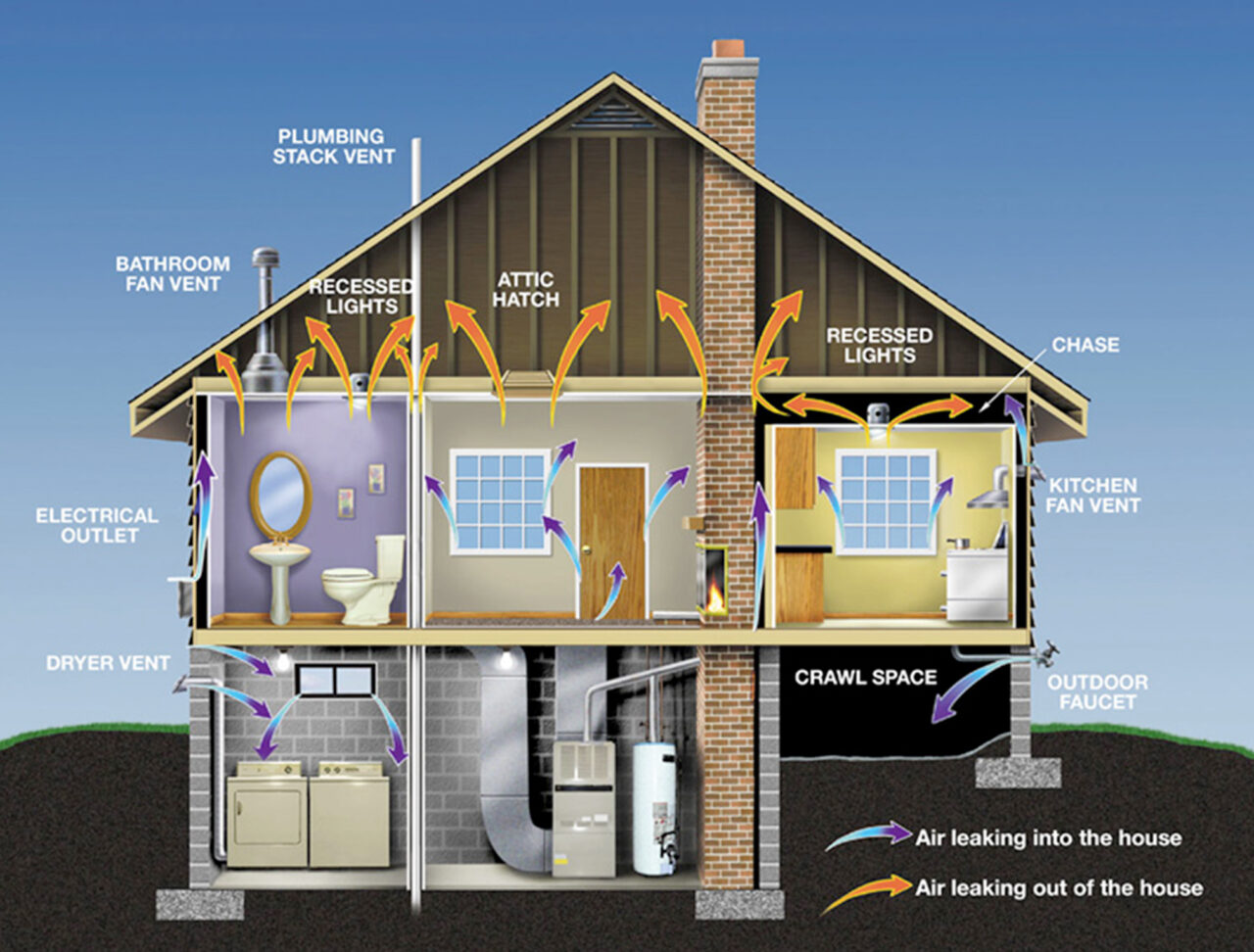
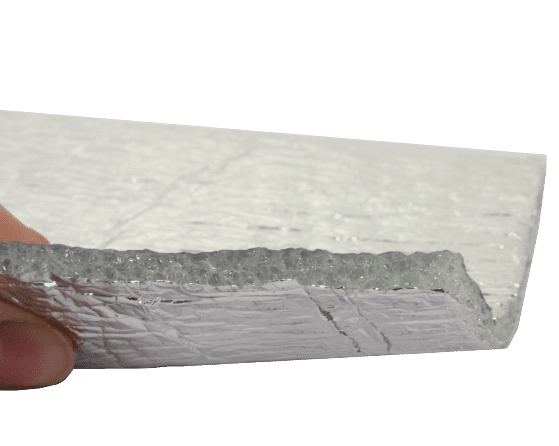

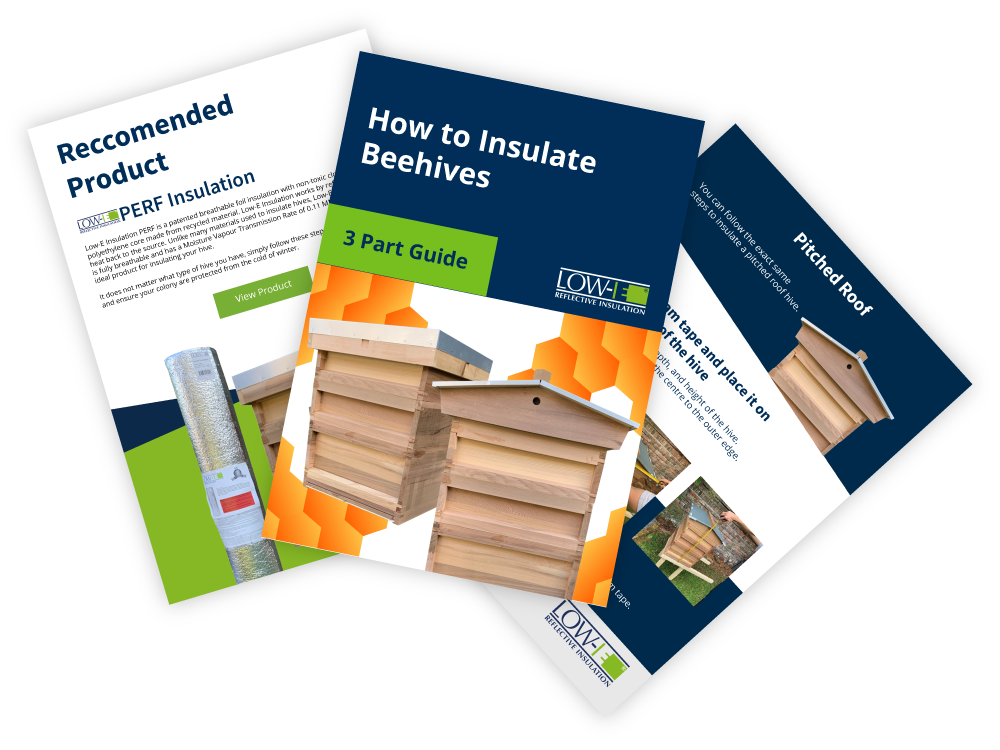
Recent Comments